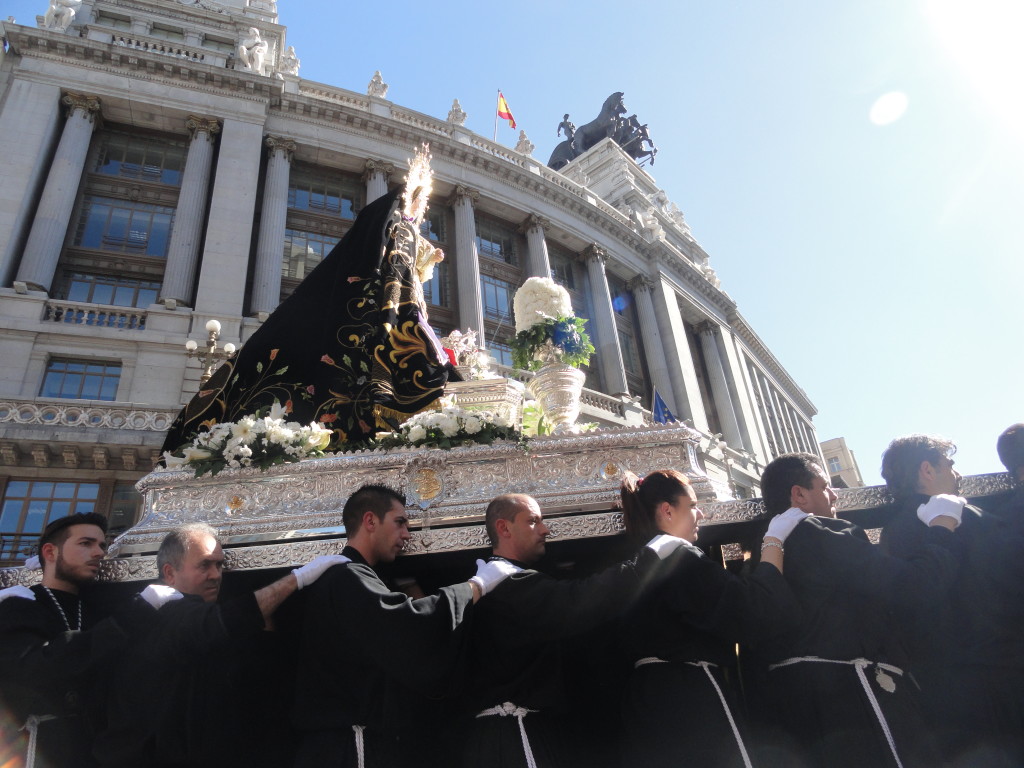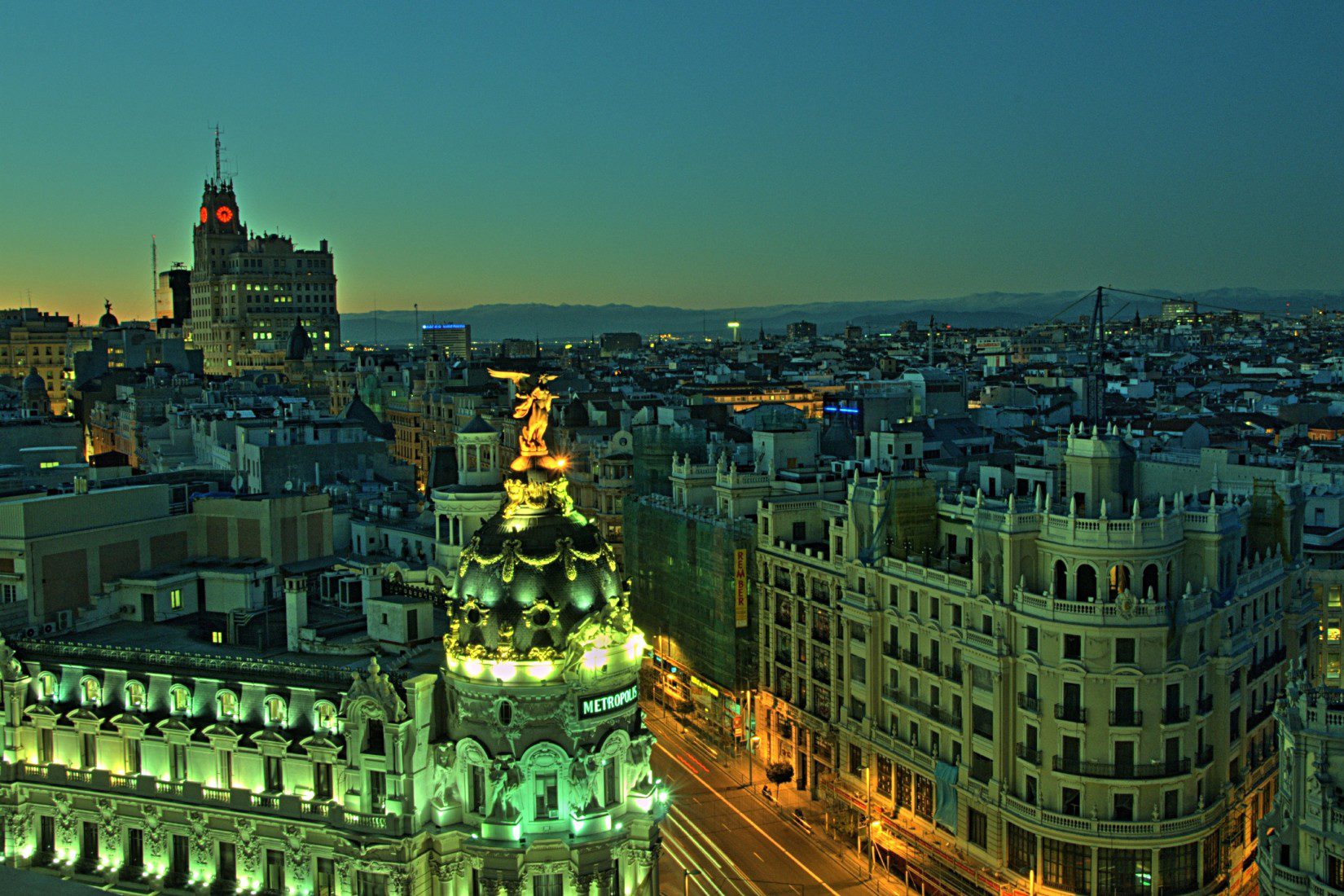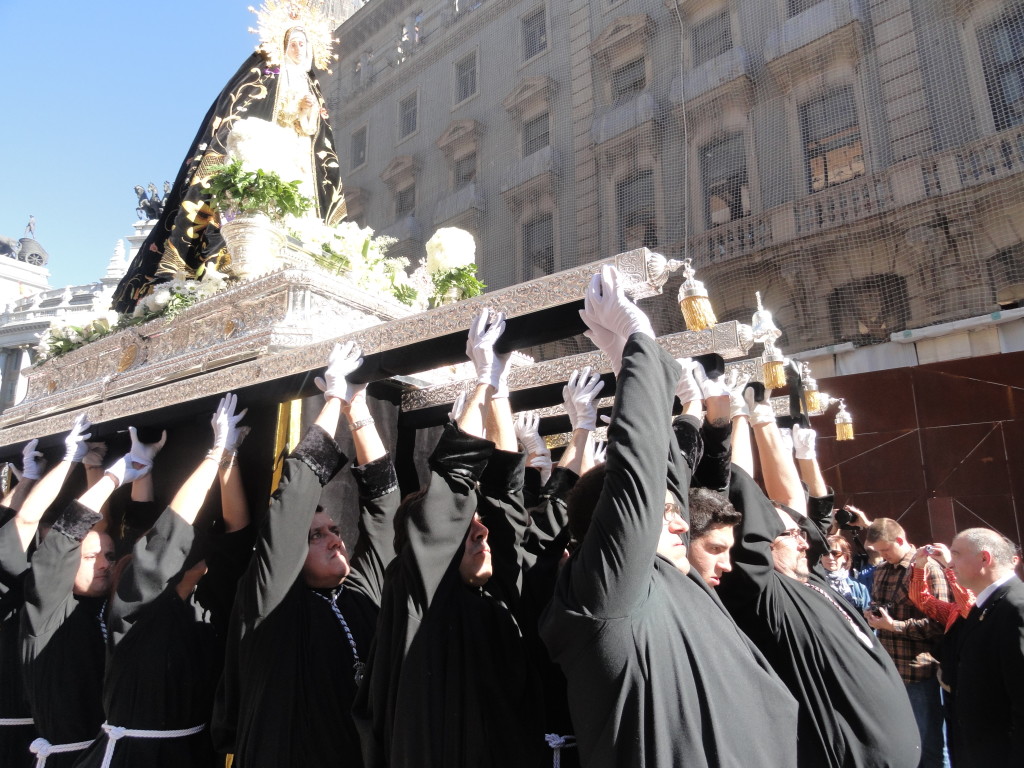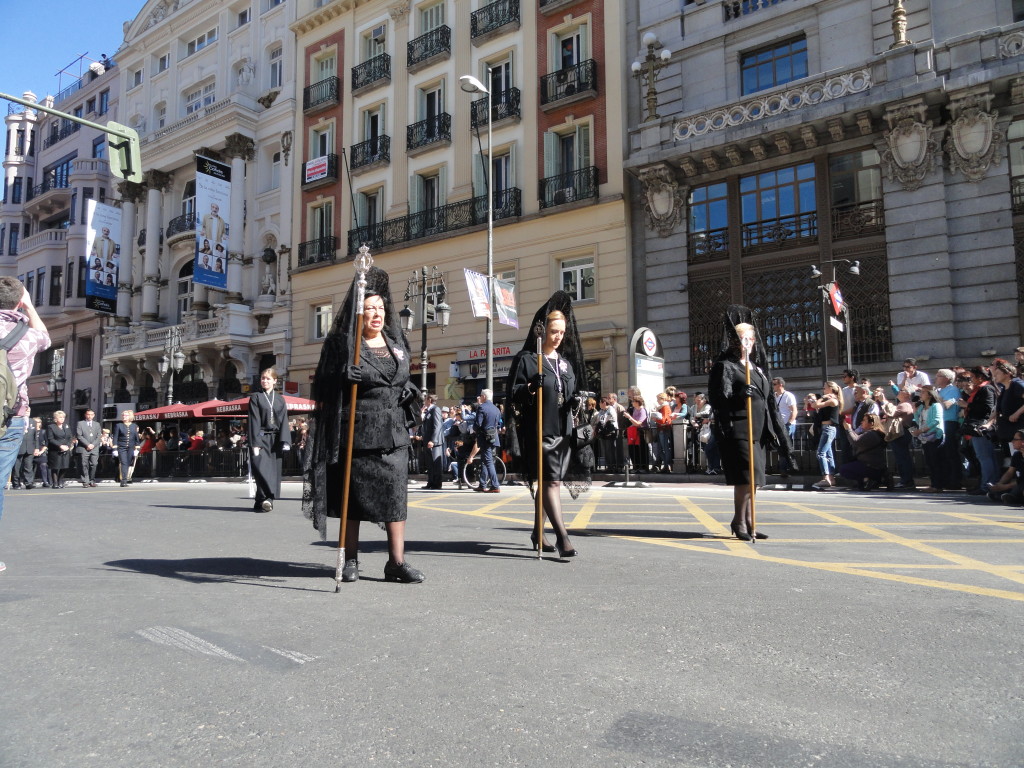 It’s been a while I know. If you must know what I’ve been doing since I haven’t been writing. I got a cold and spent two days in bed, then thinking I was better went to Lisbon, only to get the stomach flu the following week and spend the next three days in bed. The last thing I wanted to do while I was hunched over the trashcan puking was put up a blog post, but I’ve been dying to write about Semana Santa. So here it is, my late, but finally arrived blog about Easter in one of the most culturally Catholic countries in the world.
It’s been a while I know. If you must know what I’ve been doing since I haven’t been writing. I got a cold and spent two days in bed, then thinking I was better went to Lisbon, only to get the stomach flu the following week and spend the next three days in bed. The last thing I wanted to do while I was hunched over the trashcan puking was put up a blog post, but I’ve been dying to write about Semana Santa. So here it is, my late, but finally arrived blog about Easter in one of the most culturally Catholic countries in the world.
Originally, my spring break trip was supposed to include Berlin and would mean missing Spanish Easter, but the week before we left for spring break I changed my mind. We had been learning about the traditions of Spanish Easter in my Cultural Studies class. We watched videos of the elaborate processions, the tragic saetas, and the organization of the cofradías. I promise I will explain all this later. But I kept sitting there thinking that I was going to miss the biggest holiday in Spain for Berlin. Sure, Berlin sounded great, but I came to Spain to study Spain. How could I miss the biggest holiday? When would I have this opportunity again to as they say, “do as the Romans do?” The answer, quite possibly never.
Ever since my dad died, I’ve been making a more concerted effort to do something that should come easily: do what I want. I’m a people pleaser, a keep-the-water calm type of girl, and the thought of switching up my travel plans just to see Easter when I’d already made plans for Berlin felt selfish. But in a moment of “selfishness” I called RyanAir and switched my flight to come back the Friday before Easter. If it had cost 200 euros, I probably wouldn’t have done it, but it only cost 30 euros. I’m glad I was selfish, because I got to see something that I really wanted to see.
First I want to quickly explain a little bit of the Easter tradition in Spain. In Spain, they don’t just celebrate Easter Sunday, but the entire week is celebrated as “Semana Santa” or “Holy Week.” During Semana Santa, there are processions, or parades, almost every day. However, these aren’t like usual parades. Easter is a sad holiday in Spain, so the processions are about mourning the loss of Christ and corporal punishment to emulate how he died on the cross for us. These processions are put on by different cofradías, which are basically like brotherhoods (like Lion’s Club or Elks Club) for different parishes. Members of the cofradía carry a giant and incredibly heavy altar for miles in the procession usually followed by a band or a solo singer singing a saeta (Easter mourning song). Carrying the alter causes immense pain, but people compete to be a “costalero,” because it is a badge of honor. So that’s Semana Santa in a nutshell. If you’re still confused or want to know more, I’ll link to this article that explains it a little more in-depth.
Saturday when I woke up, I went to Corpus Christi Monastery, which was where Madrid’s Holy Saturday procession, Nuestra Señora de la Soledad, would leave from. Calle Alcalá was stacked five feet deep with crowds on either side. It reminded me of Fourth of July in my hometown except everyone was wearing black.
I was lucky that I was able to squeeze through the crowds and squat down in the front to get a few really good pictures of the altar. The first part of the procession was the drums, followed by various members of the cofradía, then the mourning women, the altar, and the band in last place. I watched it a few times through, which is possible because they move so slowly that you can just run to the front and rewatch it. One of my favorite parts of the procession was seeing the women costaleros carrying the altar right along the men, which is only a recent liberalization of the ceremony. I was also shocked to see some people getting choked up with emotion like they had known Jesus personally. That just would never happen in the U.S.
On Easter Sunday, I didn’t go to mass, but I did go to Plaza Mayor to see the tamborada, which is a drum ceremony. While I had been awe-struck by the procession, I was disappointed by the tamborada. The drums weren’t as good as those in the procession, and the trumpet soloist kept breaking at high notes and squeaking that the crowd let out a few nervous laughs. I left early and grabbed a “torrija,” which is basically a glorified piece of French toast that is a traditional Spanish Easter food, at La Mallorquina the famous bakery in Puerta del Sol. I took my food and picnicked and sunbathed in Retiro for what was my most relaxing Easter ever all because I made the decision to do what I wanted to do for once.


